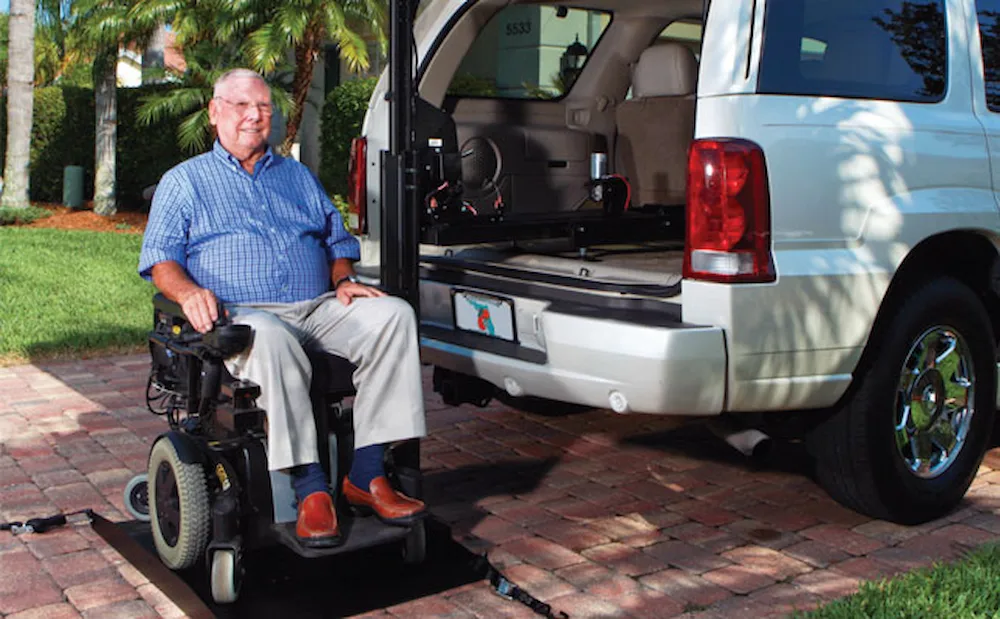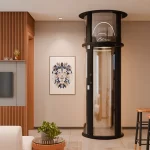When it comes to accessibility, few things are as life-changing as reliable mobility solutions. For many individuals and families, everyday tasks like entering a home, accessing a vehicle, or moving between building floors can feel overwhelming without the right support. This is where wheelchair lifts and other accessibility options come into play, making independence and ease of movement possible.
In this article, we’ll walk you through everything you need to know about wheelchair lifts and related mobility solutions—how they work, where they can be used, and why choosing the right installation matters.

Content
Understanding Wheelchair Lifts and Their Purpose
A wheelchair lift is a mechanical platform designed to transport a wheelchair user safely from one level to another. Unlike ramps, which can require a lot of space, lifts offer a more compact and practical way to navigate stairs or elevation changes.
There are several different types of wheelchair lifts available today, including vertical platform lifts and inclined platform lifts. Each type serves a unique purpose, but they all share the same goal: giving wheelchair users freedom of movement in homes, businesses, and public spaces.
The Different Types of Wheelchair Lifts Explained
To choose the right lift, it’s important to understand the available options:
- Vertical Platform Lifts (VPLs): These operate much like a small elevator and are commonly used to connect ground levels with porches or decks.
- Inclined Platform Lifts (IPLs): These run along staircases, carrying both the wheelchair and user up or down the stairs.
- Portable Wheelchair Lifts: These are mobile and can be moved where needed, often useful for events or temporary use.
- Vehicle Wheelchair Lifts: Specifically designed for vans or SUVs, these allow wheelchair users to travel comfortably without transferring from their chair.
Each solution provides accessibility in different settings, and the choice often depends on where the lift will be installed and how often it will be used.
Why Wheelchair Lift Installation Matters
The process of wheelchair lift installation is just as important as the lift itself. Proper installation ensures safety, durability, and compliance with accessibility standards. A poorly installed lift could lead to malfunctions, safety hazards, or costly repairs down the road.
That’s why working with trained professionals who understand local building codes and accessibility requirements is essential. Companies like CJ Mobility, which specialize in accessibility equipment, provide not just the product but also the expertise needed to install and maintain lifts properly.
Wheelchair Lifts in Phoenix: Meeting Local Accessibility Needs
Accessibility challenges differ depending on where you live. For example, wheelchair lifts in Phoenix need to account for outdoor weather conditions like heat and dust, which can affect equipment over time. Choosing durable lifts that can withstand these elements, along with professional maintenance, ensures long-lasting performance.
Phoenix also has a growing demand for accessibility solutions in residential and commercial spaces, making it important for families and businesses to consider lifts as part of their long-term accessibility planning.
Mobility Solutions Beyond Wheelchair Lifts
While wheelchair lifts are a vital part of accessibility, they are just one piece of the puzzle. Other mobility solutions that improve independence and safety include:
- Ramps for quick and simple access to entryways.
- Stairlifts for those who don’t use a wheelchair but need help with stairs.
- Accessible bathroom modifications like walk-in tubs and grab bars.
- Ceiling lifts that help caregivers transfer individuals safely from one space to another.
Combining these solutions can create a fully accessible environment tailored to specific needs.
How to Choose the Right Wheelchair Lift and Mobility Solution
Selecting the best mobility solution requires careful thought. Here are a few key factors to keep in mind:
- Space and Layout – Consider the available space indoors or outdoors. For tight spaces, an inclined lift may be better than a ramp.
- User Needs – Think about whether the lift will be used daily or occasionally, and whether it’s for home, business, or vehicle use.
- Safety Features – Look for lifts with sturdy platforms, secure guardrails, and emergency stop buttons.
- Budget and Maintenance – Compare initial installation costs with long-term upkeep. Investing in quality equipment often saves money in the long run.
- Professional Guidance – Consult with accessibility experts like CJ Mobility, who can evaluate your specific situation and recommend the right product.
The Importance of Long-Term Maintenance and Support
Even the best wheelchair lifts require regular maintenance to perform safely. Professional servicing helps catch small issues before they become major problems. Simple checks like keeping the platform clean, inspecting safety switches, and ensuring smooth operation can extend the life of the lift and keep users safe.
Reliable companies often provide not only installation but also long-term service and support, ensuring peace of mind for families and caregivers.
Final Thoughts
Wheelchair lifts and related mobility solutions are not just pieces of equipment—they are lifelines that restore freedom, safety, and independence. Whether you’re planning for your home, a commercial building, or a vehicle, understanding your options helps you make confident and informed decisions.
By learning about types of lifts, the importance of professional installation, and the role of maintenance, you can create an environment that truly supports accessibility and inclusivity.

Gary is a home improvement blogger who strives to improve his life and the lives of others. He provides homeowners with helpful tips on how to renovate their homes. His goal is not only to provide easy-to-follow instructions, but also share his own personal experiences for those seeking guidance.


